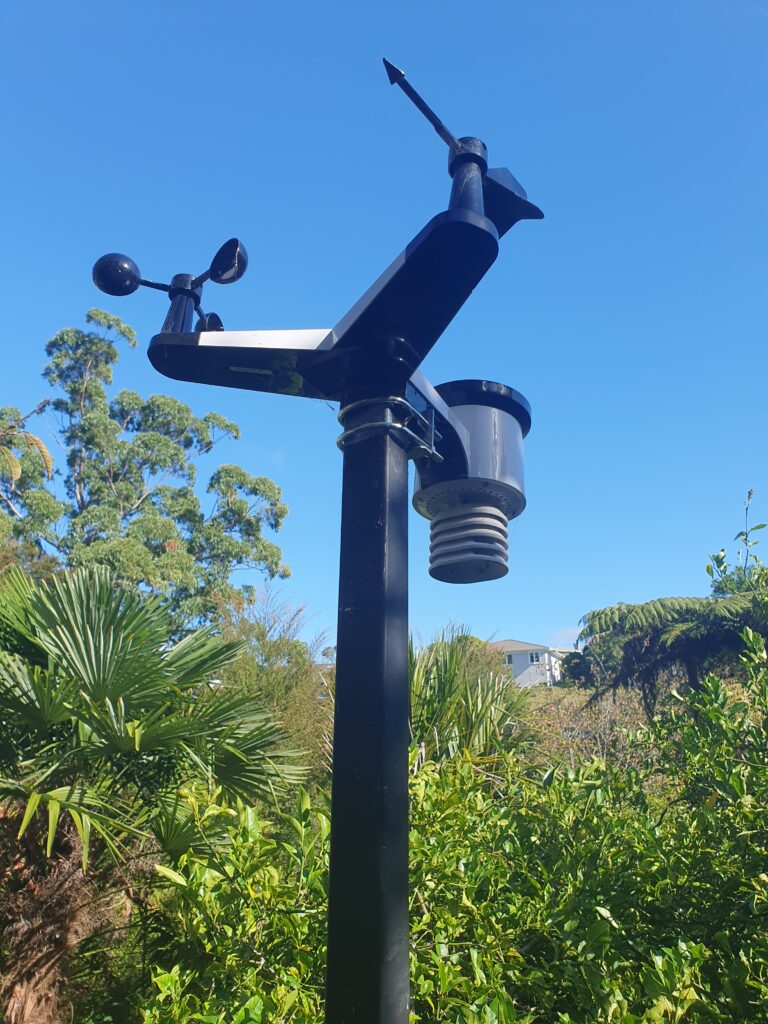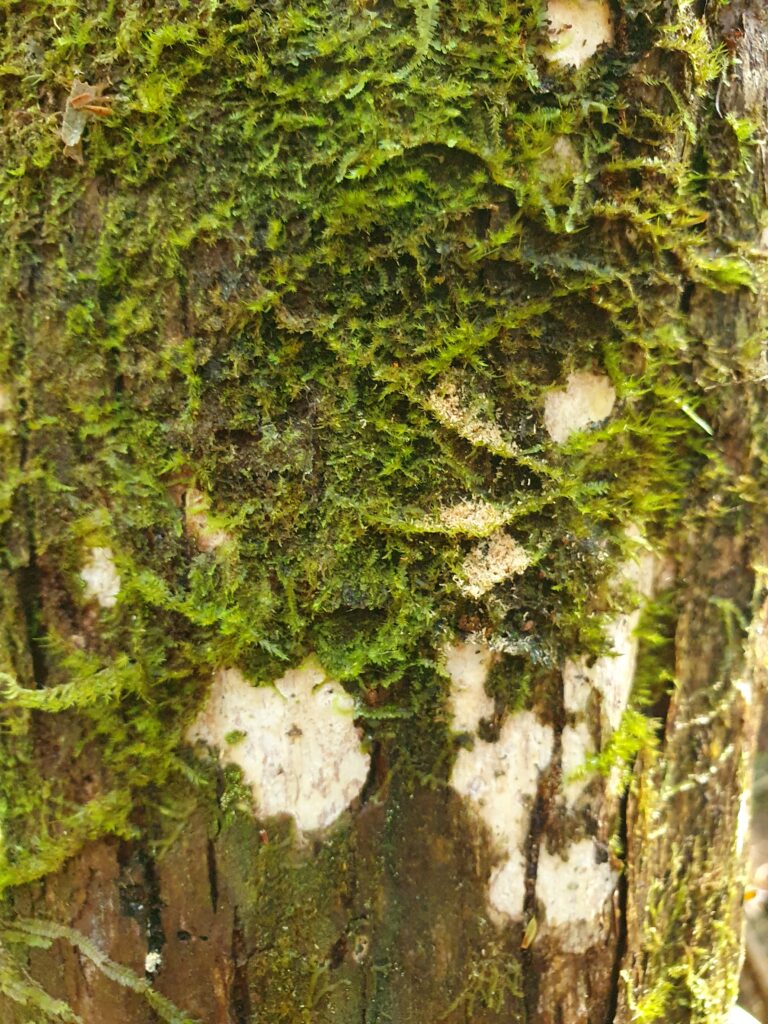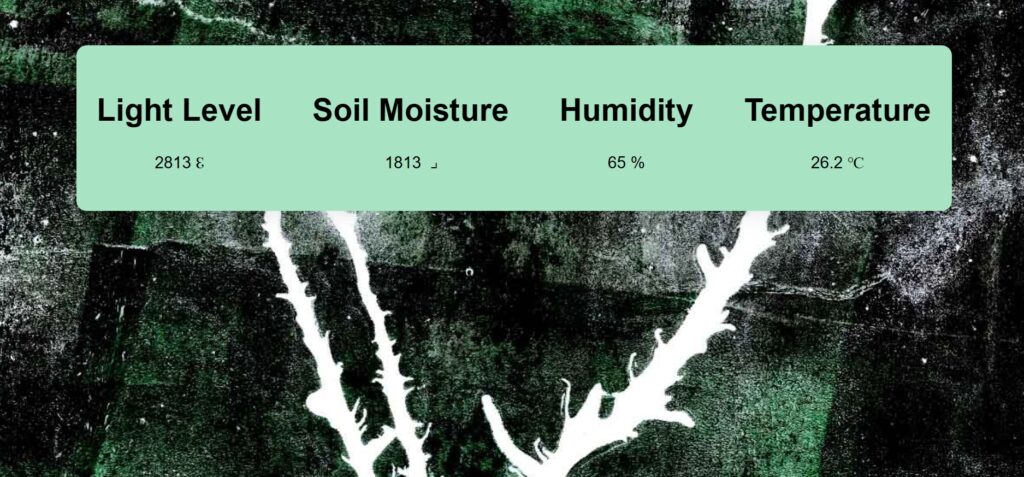Hardware Experiments
Our colleague Frederico D.A. de Sena Pereira (from the SEADs network) is working with our NZ team to research various means for connecting to and receiving plant signals.
Humans can gather signals from plants through various methods, primarily through visual observation, chemical analysis, and technological advancements.
Visual cues such as leaf colour, growth patterns, and wilting provide insight into a plant’s health and environmental conditions.
Chemical analysis involves studying compounds emitted by plants, like volatile organic compounds (VOCs), which can indicate stress, disease, or even communication with other organisms.
Technological tools such as sensors, drones, and imaging techniques enable precise monitoring of plant physiology, allowing for real-time data collection and analysis. Together, these approaches offer a comprehensive understanding of plant signalling and ecosystem dynamics.

Plants and Sensors
Various types of sensors are employed to gather plant information, catering to different aspects of their physiology and environmental interactions.
Kim Newall has been experimenting with soil moisture sensors which measure the water content in the soil, which is crucial for understanding plant hydration and irrigation needs. Also, light sensors that monitor light intensity and duration(essential for optimizing photosynthesis and assessing plant growth conditions). He is also tracking temperature and humidity, which can aid in identifying temperature stress and optimizing growth environments (see image left).
In addition, scientists (in controlled conditions) can detect volatile organic compounds (VOCs) emitted by plants, providing insights into their health status and responses to biotic and abiotic stressors. Some specialised sensors, such as sap flow sensors, measure the rate of sap movement within plants, offering valuable information on water uptake and transpiration rates.
These sensors and advancements in wireless communication and data analytics enable precise and real-time monitoring of plant health and environmental conditions, facilitating informed agricultural, ecology, and research decision-making.

ElectroPhysiological Signal Monitoring
An article by Weiming Cai and Qingke Qi (2017) forms the basis for Frederico’s own plant sensor research: Study on Electrophysiological Signal Monitoring of Plant under Stress Based on Integrated Op-Amps and Patch Electrode
He is interested in capturing the electrical signal emanating from plants, amplifying it and sending it via our BioSignals protocols. He has used Cai and Qi’s (2017) article as the basis to design, print and test hardware to gather and amplify signals directly from plants – in his case Tomato Plants (pictured above).
Hardware Prototyping
Frederico has been designing an amplifying circuit board based on Cai and Qi’s (2017) schematic.
Frederico’s adapted version of the schematic and beautifully home-printed and assembled circuit board is presented in the images at the right of the screen. (Images Frederico’s own).
More details to come as the experiments evolve. If you wish to learn more about Frederico check out his Instagram page @fxpear and here is more about SEADS
More BioSignals

The British Council funds BioSignals via the #ConnectionsThroughCulture programme.


























